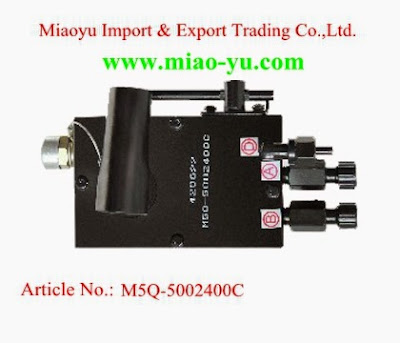May 11, 2015
From acommercial vehicleOEM point of view, defining the modular product architecture for a truck requires the following basic steps:
Imagine the truck divided into meaningful functional modules like engine, chassis and cab, etc. This step involves the decomposition of the overall functionality of the truck into a set of defined functions and the component parts of the truck that are going to provide those functions. The functional decomposition is the process of breaking the overall function of a product into smaller subfunctions called "modules.†An optimal modular product design is one where intramodular elements (within modules) have higher dependency, while intermodular elements (between modules) have least dependency.
The second step involves identifying the flows across the modules of the product. The flows can be of material, energy or signal. For example, the ECU module sends signal flow to engine module of the truck. This additional information on the "type of flow†will help understand the exchange mechanisms between the modules. These flows will aid to trace the product virtually by navigating through these modules based on the customer’s need.
The third step involves definition of the interface between the components; in other words, how components are going to interact together in the truck as a system. The definition of the interface systems plays a vital role in the design of flexible architectures. This helps the truck OEM substitute component variations within a product without having to make adjustments in other components. For example, the architecture in most personal computers allows us to easily replace an older RAM processor with a new one, because the interfaces between the RAM processor and the rest of the computer have been defined to allow a range of variations in processor. Some of the interfaces in the truck may include the engine coolant system, inlet and exhaust system, etc. For instance, the engine coolant system specifies how the engine, radiator and other cooling system accessories interact with each other.
Modularity is a relative property, sospare parts enterprisesneed to revisit their modules at regular intervals to refine and improve the architecture. This will help them achieve optimality in their product architecture. Organizations need to fix ownership for defining and maintaining the architecture. The use of modular product architecture will be helpful for decision makers in the high level system design/systems engineering phase of the new product development process to map the requirements to different modules, understand the tradeoffs and pick the right modules for the customer requirements so that these modules can be realized as designs and physical prototypes in the development process.
Posted by: miaoyu at
01:56 AM
| Comments (1)
| Add Comment
Post contains 432 words, total size 3 kb.
Posted by: sneak a peek at this website at July 23, 2015 12:41 AM (hMtJB)
37 queries taking 0.1617 seconds, 72 records returned.
Powered by Minx 1.1.6c-pink.










